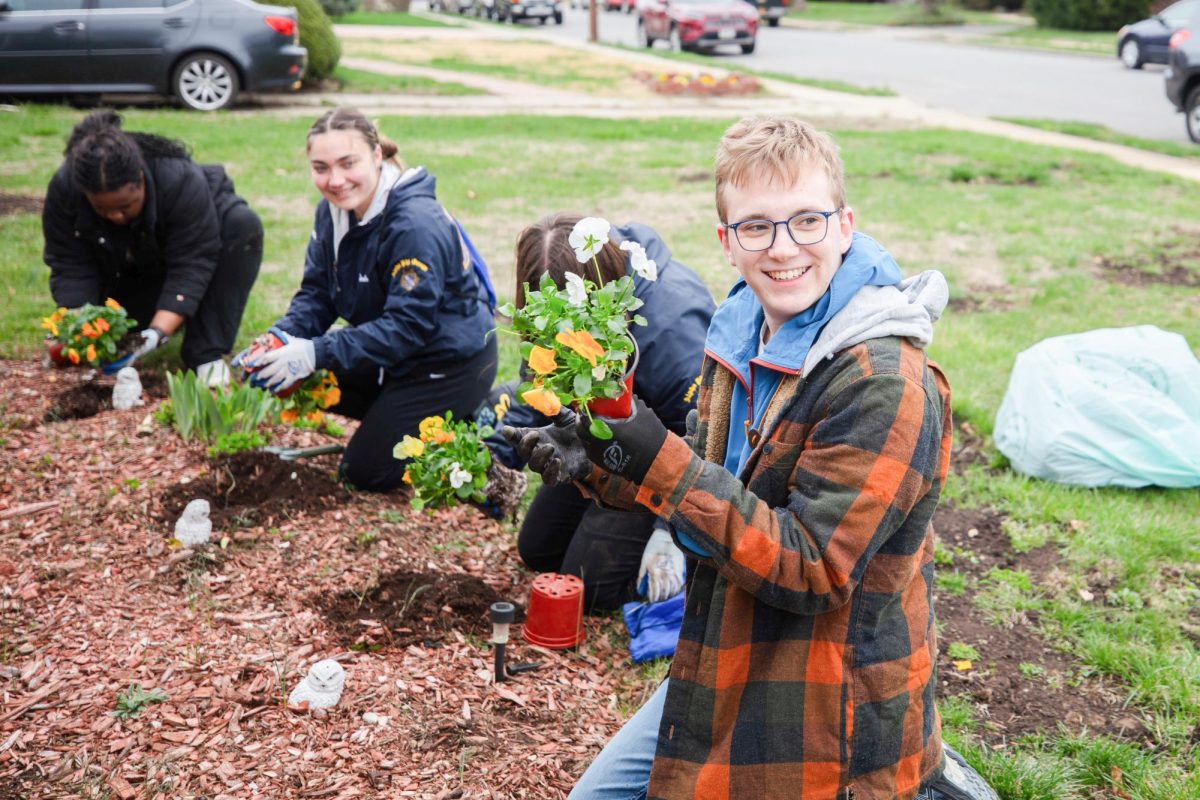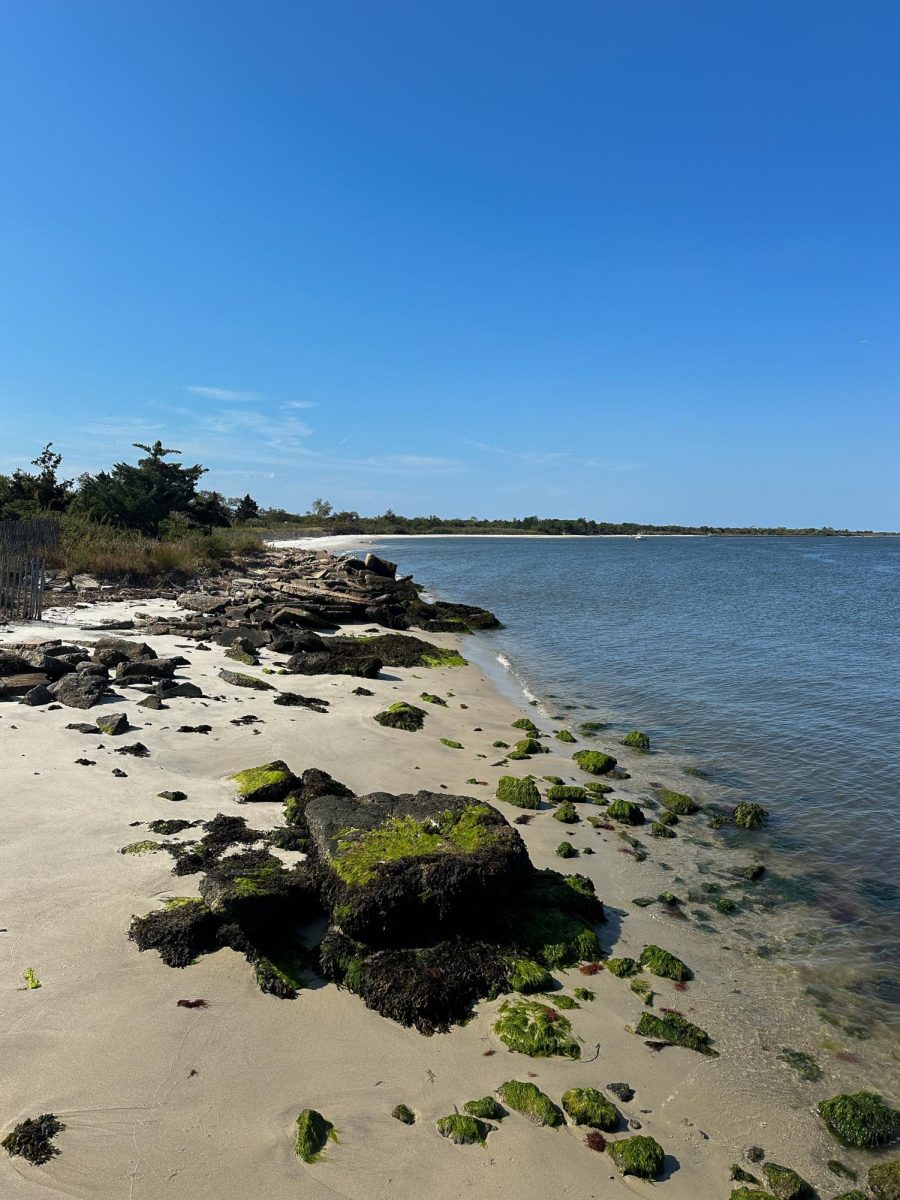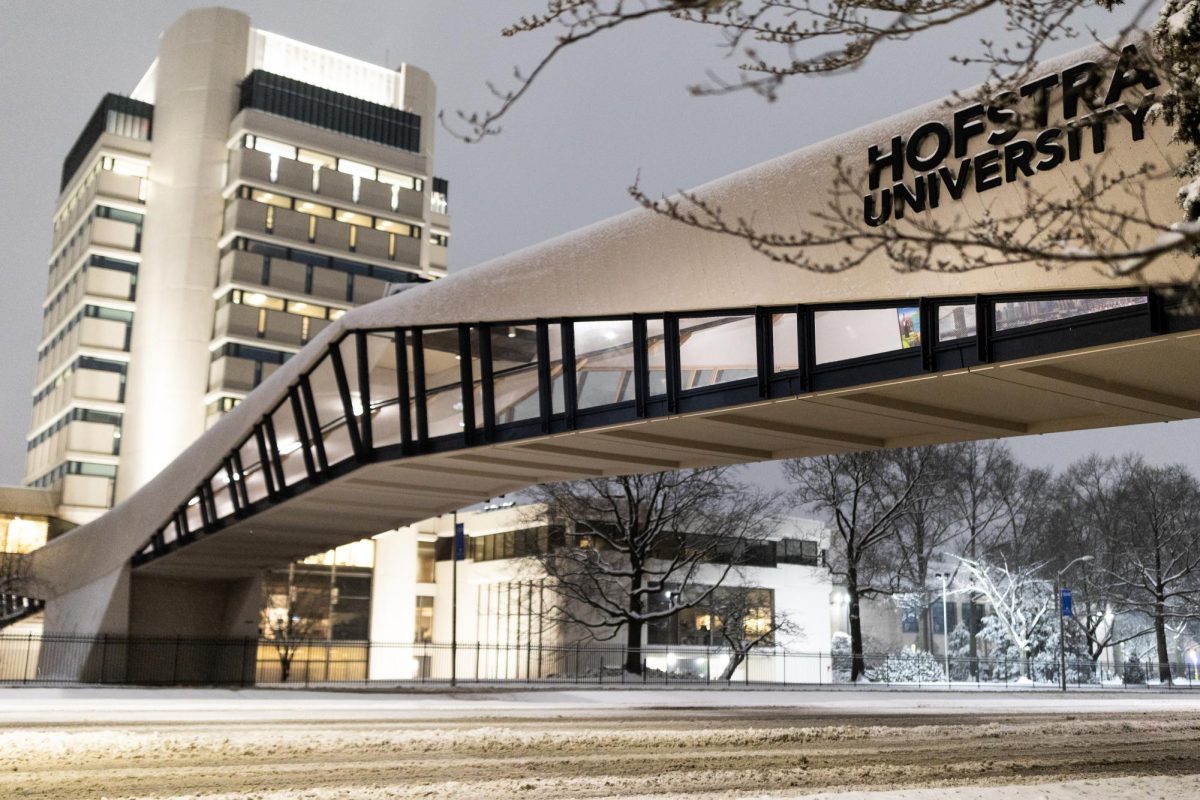By Magdalene MichalikStaff Writer
It may seem like a positive update that Hempstead’s ranking in the Princeton Review’s list of the “Worst College Towns,” based on student survey responses, has improved since January. Then again, that improvement was a mere three steps away from fourth-worst college town, to seventh.
According to the Huffington Post, Hempstead has made the Princeton Review’s top ten list of worst college towns for the second time this year. It was first rated at fourth worst in January and then moved up to seventh worst in late November.
“I was surprised to hear that out of the entire United States, Hempstead made the list,” said journalism major Gaby Molina.
The articles have sparked public criticism both online and within the Hofstra student body. Many believe this reputation is unfair, regardless of whether Hempstead should be higher up or further down on the list.
Hofstra’s proximity to New York City and its hosting of events such as the second Presidential debate have proved to be enough for some students to think the school deserves a better reputation.
“I do believe that Hempstead could be greatly improved…I do not believe that it should be considered to be ranked among one of the worst,” said junior Dymetri Cleveland, marketing major.
According to Cleveland, students should be more aware of their surroundings when going around town.
“There are far worse places to have a school and the incidents that happen off campus are usually due to students not making smart decisions,” Cleveland said.
Despite the poor ranking, which was based on student responses to Princeton Review surveys, there remain students who do feel safe with the local environment.
“As a resident I never feel in danger here, even though Hempstead is considered to be dangerous,” Molina said.
Sandra Johnson, Vice President for Student Affairs, also remains optimistic about the community surrounding Hofstra’s campus, despite the negativity of the survey’s rating. She agreed that the boroughs of New York could be considered a positive part of the local community, but also saw positive energy close by.
“There is a rich array of diverse local retail, dining, and cultural offerings within just a few miles, to which the University provides easy access via our free shuttle service…Our close proximity allows students to easily participate in the rich array of career-related experiences…cultural programs, athletic events, concerts, the arts, and many other offerings,” Johnson said.
Others, like junior biology major Adelice Mendez, believe that Hempstead should have been ranked lower with more scrutiny.
“It’s tough as students to be surrounded by a town quite like Hempstead,” Mendez said. “It’s terrifying to think that at any given moment, a shooting or a mugging can occur should you decide to walk out of campus lines.”
This opinion was fueled by personal experience.
“I had to walk home one night from the Hempstead Terminal to Franklin Square and I narrowly avoided being mugged twice in Hempstead,” Mendez said. “The general aura of Hempstead as a whole is foreign, each man for himself.”
According to the Princeton Review website, students are asked to answer questions based on a five-point scale, and when all the points are added up the respective university or college town obtains an overall rank.
Johnson also pointed out that, despite its apparently poor ranking, the context of the survey was the Princeton Review of the Best 377 Colleges in the US.
“I think it is important to note that Hofstra was identified as one the best 377 Colleges (out of almost 2800 4-year colleges and universities),” Johnson said.









